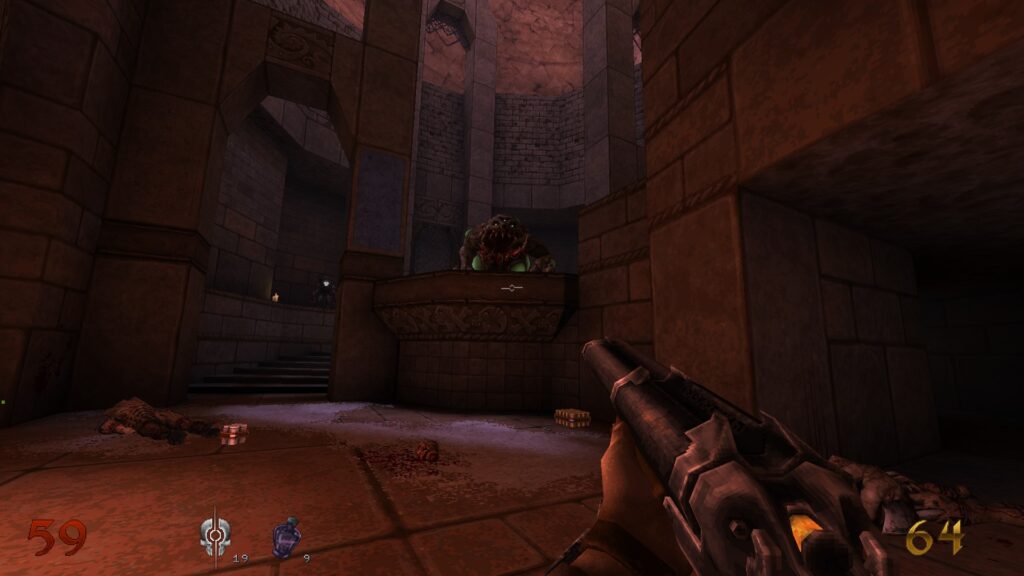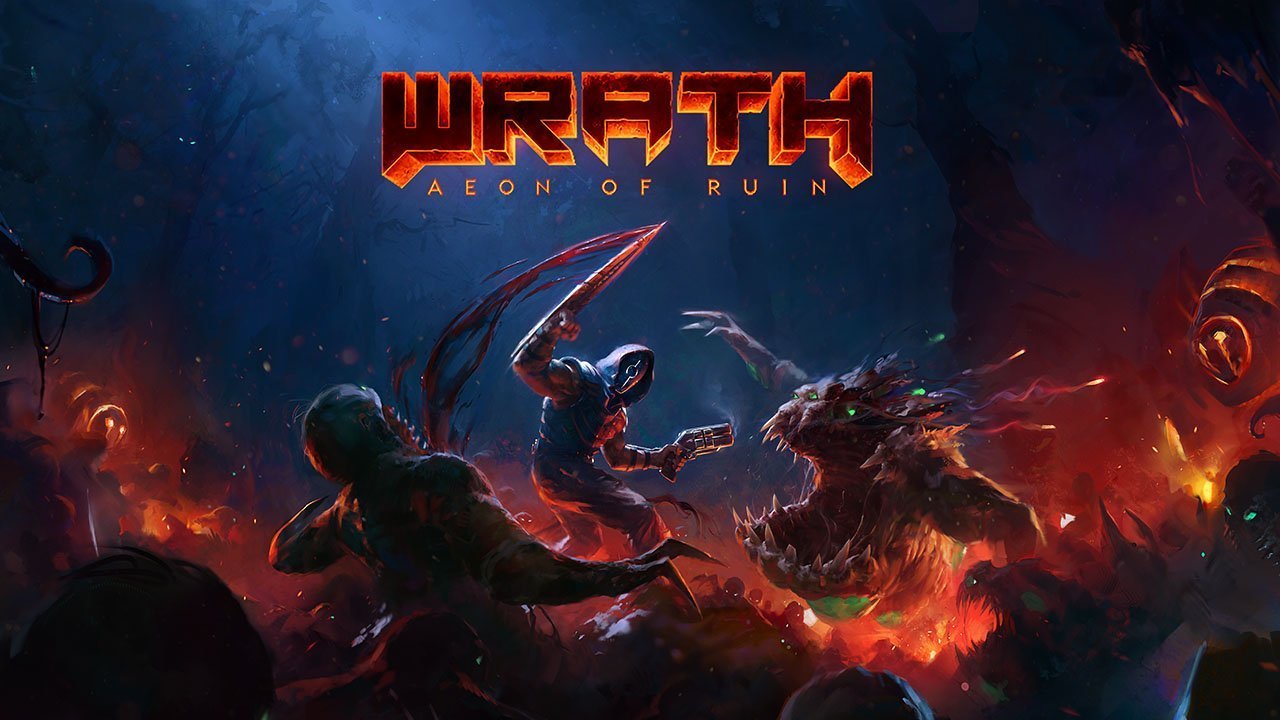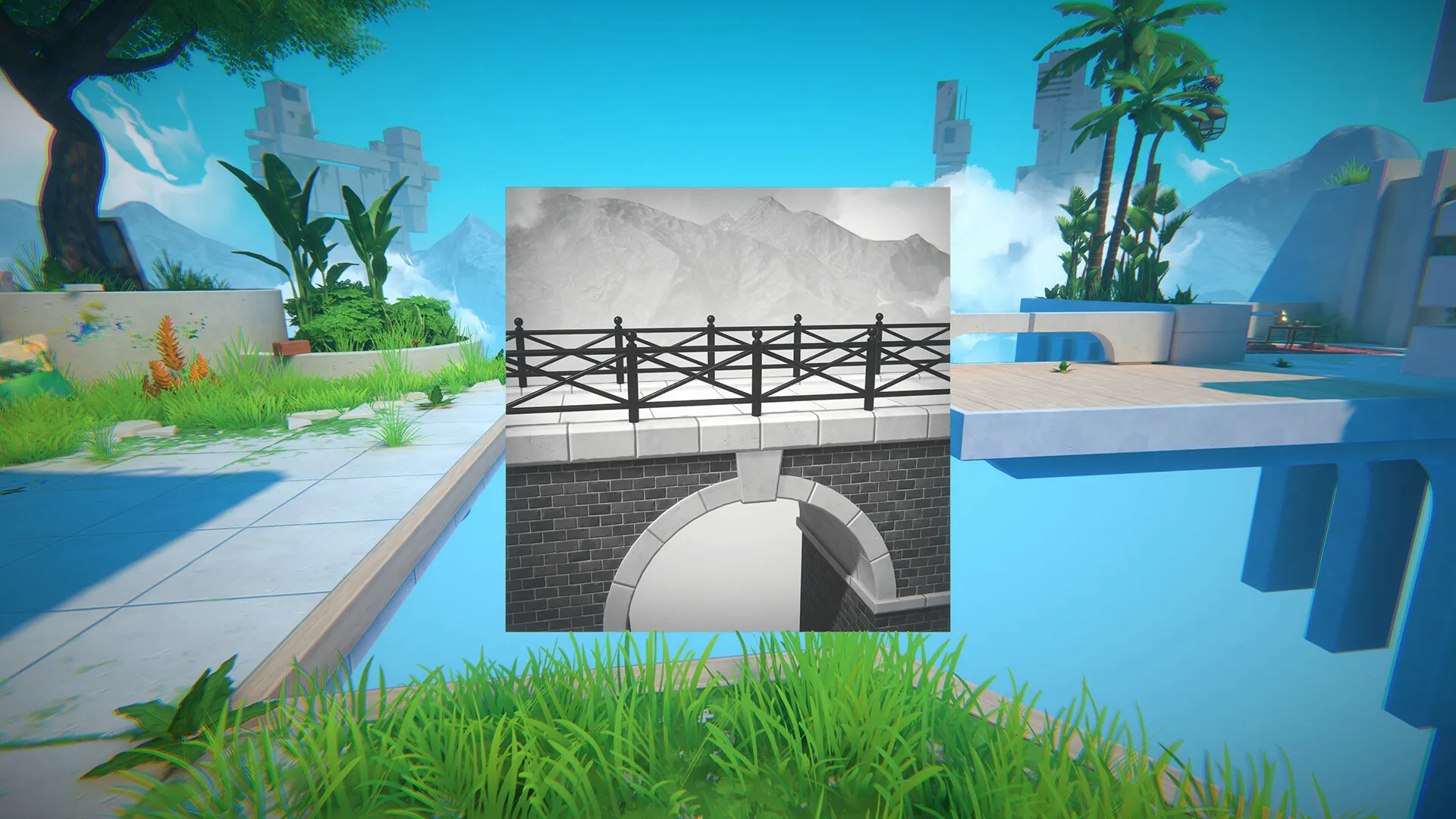Wrath: Aeon of Ruin was first released into early access in November 2019. At that time, a renaissance in traditional FPS games was being initiated by the likes of Dusk, Amid Evil, and Ion Fury. In 2024, Wrath emerges from early access after numerous delays into a much-changed context. What began as a trickle of retro shooters four and a half years ago has developed into a flood, and to call this a crowded market has become a well-worn truism. Happily for developers Killpixel, the excellent Wrath: Aeon of Ruin can stand confidently alongside its strongest rivals.
While the game has many positives, one is clearly preeminent: Wrath is a masterclass of retro shooter level design. The Killpixel team comprises veterans of the industrious Quake community, including the landmark Arcane Dimensions mod. Working with the DarkPlaces fork of the Quake engine, they have crafted 15 huge, varied, and often stunning levels. These are so impressive in scope and achievement they represent a new high watermark for traditional FPS level design.
Like the classic shooters of the ‘90s, Wrath is organised into three episodes. The difference is that each of these is built around its own hub, with five maps which can be conquered in any sequence. The first episode emphasises crumbling temples choked with massive vines, the second often features twisting caves pierced by glowing crystals, and the third has stony fortresses bathed in blood and fire.

It is difficult to overstate how exceptionally strong these maps are. While some may feel that they are too lengthy – they often take 40 to 60 minutes to tackle – their size makes possible some bravura setpieces and vistas. “The Priory” is a cluster of menacing stone structures, set in a sprawling snowfield. “The Watchtowers” makes thrilling use of verticality, and features a remarkable, working orrery. These diverse environments feature many imaginatively hidden secrets, and loop back on themselves elegantly. The chase to obtain a relic and return to the hub can take unexpected turns, like a descent into a lava-filled cavern or a sudden plunge into a vast, crystal-encrusted sinkhole.
The maps do not just look good – they are structured with tremendous care, and consistently deliver dynamic combat encounters. These succeed despite the rudimentary enemy AI, because the developers are as skillful with monster placement as they are with architecture.
It is unfortunate that Killpixel felt compelled to include a humdrum boss battle at the end of each episode. This becomes a theme in Wrath: many aspects of it are mostly superb, but disrupted slightly by one or two unfortunate shortcomings. The soundtrack is another example. Composed by the well-liked Andrew Hulshult, it hews closely to the dark ambient style of Trent Reznor’s score for Quake but suffers for a lack of more propulsive tracks. Similarly, the game’s movement is mostly satisfying, but can feel slippery on slopes and stairways in a way that can cause frustrating deaths.
If Wrath has a single, preeminent weakness it is a pervasive sense of familiarity. While it is exceptionally well-made in many respects, it lacks a unique personality of its own. While a fast-paced retro shooter requires no elaborate plot, the gestures at story here feel totally half-hearted. Most of the weapon and enemy types, nicely crafted as they are, can feel like direct lifts from earlier games. The fangspitter is a close cousin to Quake’s nailgun, the lance is very similar to the railgun from Quake II, and the over-used wretch enemy is essentially a sexed-up imp from Doom. Wrath: Aeon of Ruin sings a great song, but shooter fans know most of it by heart already.

To be fair, Killpixel have done some things differently but their newer ideas could prove divisive. Chief amongst these is the save system. By default, Wrath: Aeon of Ruin denies players a traditional quicksave in favour of “soul tethers”, collectible items which each provide one save which can be used at any time. There are also occasional shrines, which provide both a checkpoint and a full health top-up. In theory this system builds tension, but in practice soul tethers are common so it is easy to bank up tens of them at a time. Thankfully, those who dislike this system can choose an option which makes tethers unlimited.
Each of the nine available weapons has an alternative fire mode. A few of these, such as the revolver’s triple shot and the lance’s shield, feel too weak to justify their high cost in ammunition. Unusually, two of the most interesting weapons are melee options at either end of the keyboard. The blade in slot 1 has a lunging secondary attack which is required to properly traverse the maps. The mace in slot 9 harvests souls from foes with its primary attack, while its secondary discharges them as devastating, heat-seeking projectiles. It is a thrill to use, and one of the best aspects of the third episode.
More interesting still are the relics, essentially power-ups scattered around the maps – particularly in secret areas. Some of these add intriguingly to the fairly standard shooter gameplay. The “confounding attar” provokes deadly infighting between foes, while the “vicious animus” is a magic turret which draws enemy fire. Hard difficulty demands the use of these items most strongly.
Wrath: Aeon of Ruin is not in any way groundbreaking, and nor does it attempt to be so. It adheres closely to its principal influence, Quake, and its 15 maps are each exciting variations on that theme. Established shooter veterans who battle through Wrath will encounter little that is truly novel, but they are sure to enjoy these expert renditions of a timeless tune – not least because of those exceptional level designs.





